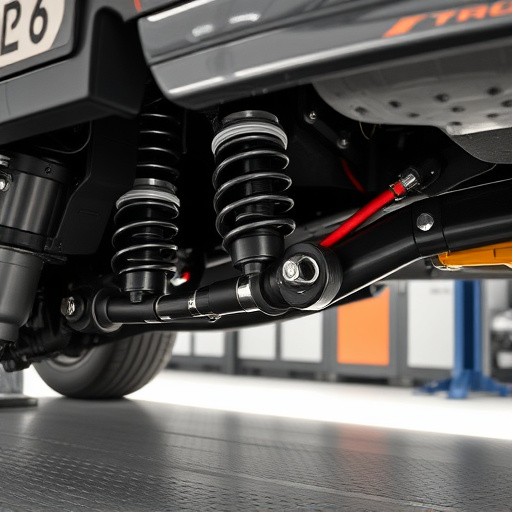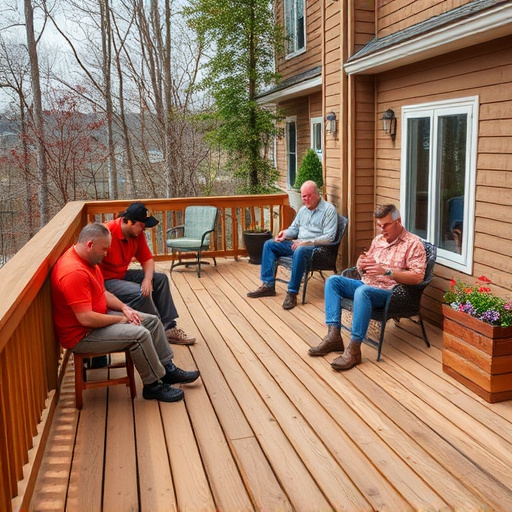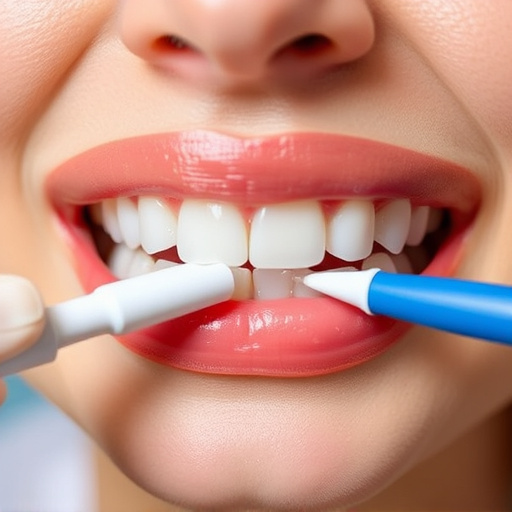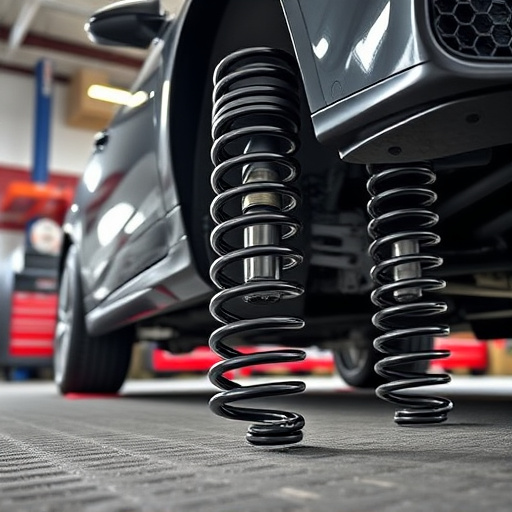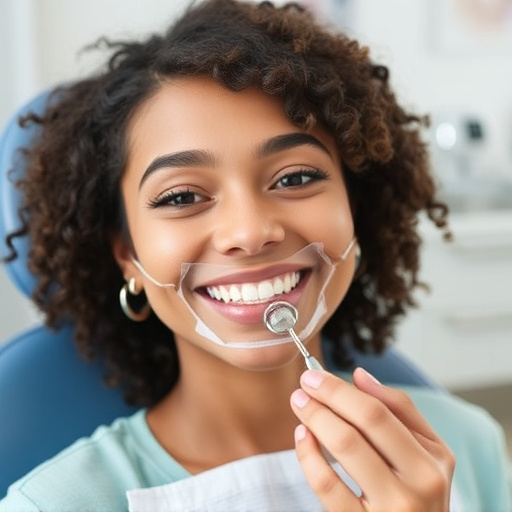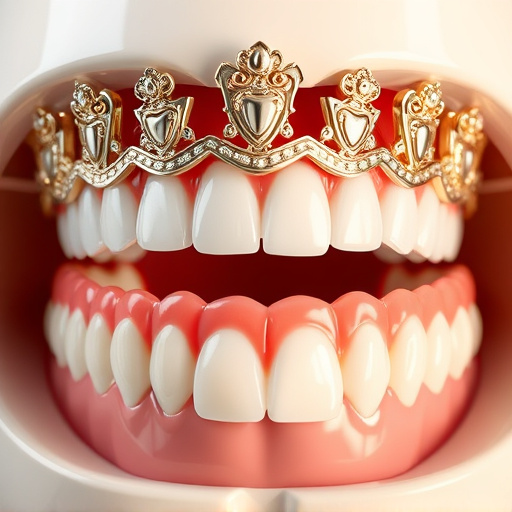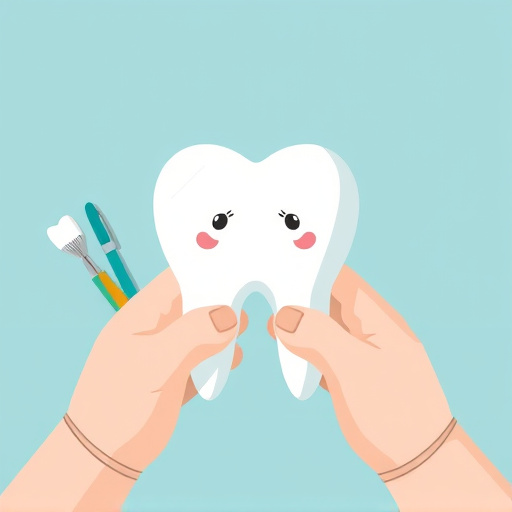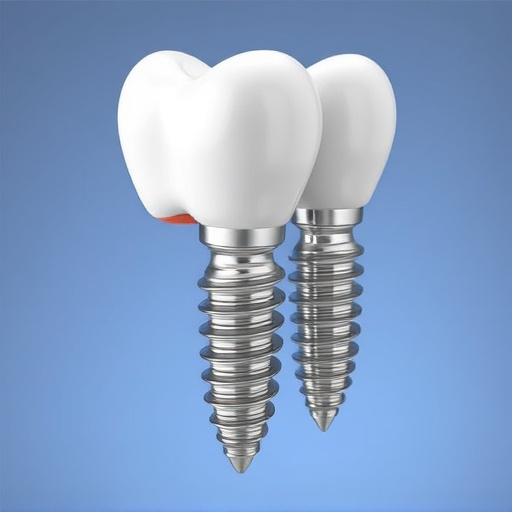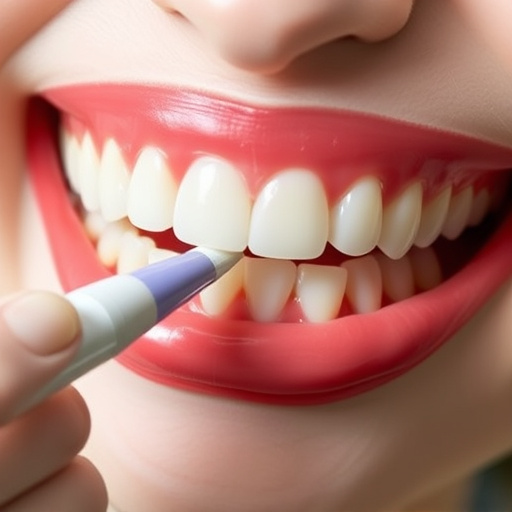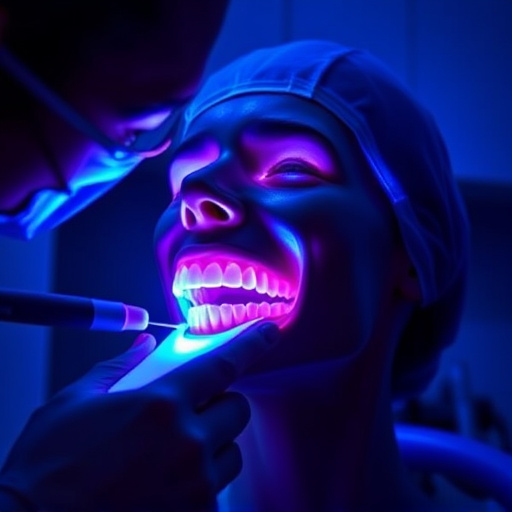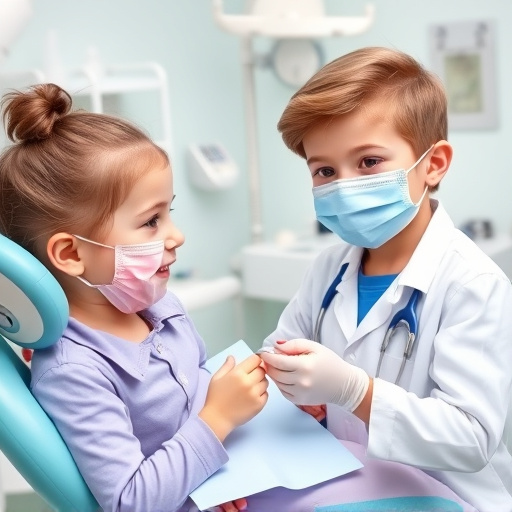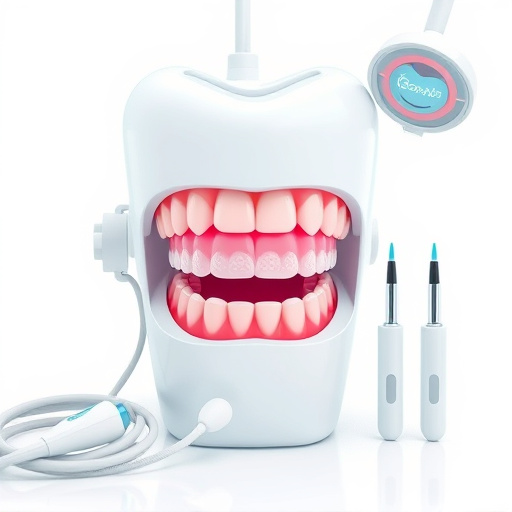Sleep apnea, caused by factors like narrow throats and obesity, can lead to severe health issues if untreated. Timely recognition of symptoms, such as snoring and daytime fatigue, is crucial for effective treatment. Oral Appliance Therapy (OAT), a non-invasive alternative to CPAP machines, uses customized oral appliances to maintain an open airway during sleep, offering discreet relief with materials like silicone. OAT provides structural support, improving quality of life and overall health compared to traditional treatments, making it an attractive option for many patients with sleep apnea.
“Discover a silent yet powerful ally in the fight against sleep apnea: Oral Appliance Therapy (OAT). This innovative approach is reshaping the landscape of sleep apnea management. In this comprehensive guide, we unravel the mysteries of sleep apnea, its causes, and symptoms, offering a new perspective on effective treatment.
We explore OAT as an alternative solution, delving into its success stories and benefits. Learn how custom-fit oral appliances can provide a comfortable, effective remedy for disrupted sleep, offering relief to those seeking better rest and overall health.”
- Understanding Sleep Apnea: Causes and Symptoms
- Exploring Oral Appliance Therapy as an Alternative Treatment Option
- Success Stories and Benefits of Using Oral Appliances for Sleep Apnea Management
Understanding Sleep Apnea: Causes and Symptoms
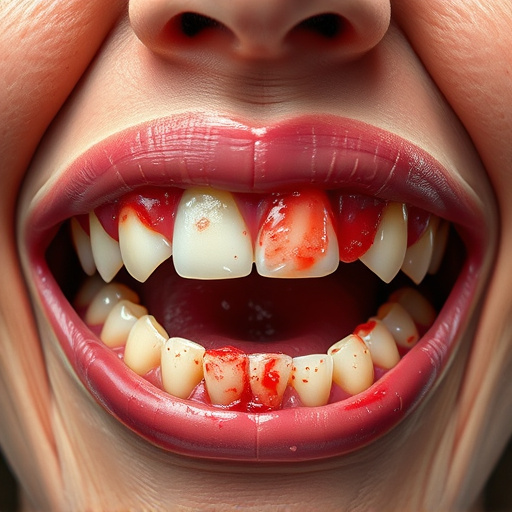
Sleep apnea is a sleep disorder characterized by pauses in breathing during sleep, which can last from several seconds to minutes and occur multiple times each night. These episodes are often accompanied by snoring and can lead to significant health complications if left untreated. Understanding the causes of sleep apnea is essential when considering its effective treatment, particularly through oral appliance therapy (OAT) for sleep apnea treatment.
The primary causes of sleep apnea include anatomical factors such as a narrow throat, enlarged tonsils, or excess soft tissue in the back of the throat. Age and genetics also play significant roles, with obesity being another key factor. Symptoms are diverse and can range from obvious snoring to more subtle signs like excessive daytime sleepiness, morning headaches, and difficulty concentrating. Recognizing these symptoms is crucial as it prompts individuals to seek appropriate sleep apnea treatment, which can greatly enhance overall health and quality of life through restorative dentistry solutions like OAT or other interventions such as cosmetic fillings or dental fillings, depending on the specific needs of each patient.
Exploring Oral Appliance Therapy as an Alternative Treatment Option
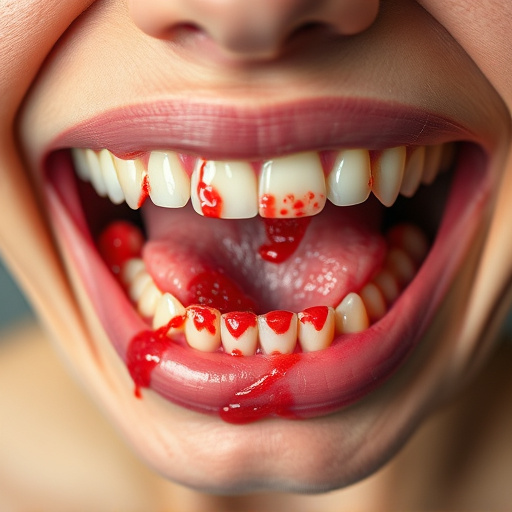
Oral Appliance Therapy (OAT) is gaining recognition as a viable alternative to traditional sleep apnea treatments, such as continuous positive airway pressure (CPAP) machines. This non-invasive approach focuses on adjusting the jaw position during sleep to maintain an open airway, thereby alleviating the symptoms of sleep apnea. Unlike CPAP therapy, which can be cumbersome and uncomfortable for some users, OAT offers a discreet and customizable solution.
The process involves wearing a specially designed oral appliance, often resembling a sports mouthguard, that is tailored to fit your teeth precisely. These appliances can be crafted from various materials, including soft, comfortable silicone or more durable options for long-term use. Unlike cosmetic fillings or emergency dental care, OAT aims to address the underlying structural issues contributing to sleep apnea, making it an effective and convenient choice for many patients seeking relief from this disruptive condition.
Success Stories and Benefits of Using Oral Appliances for Sleep Apnea Management
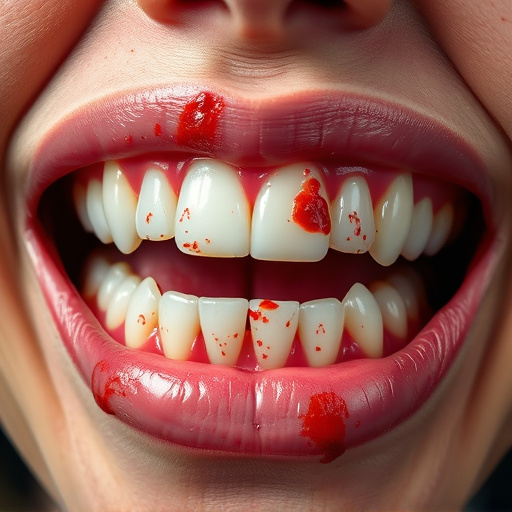
Many patients living with sleep apnea have found relief through oral appliance therapy (OAT), a non-invasive alternative to traditional treatments like CPAP machines. Success stories abound, with individuals reporting significant improvements in their quality of life and overall health after adopting oral appliances for sleep apnea management. These devices, often custom-made to fit comfortably, gently reposition the jaw during sleep, preventing the airway from collapsing.
One of the key benefits of OAT is its ability to offer a discreet and comfortable solution for managing sleep apnea. Unlike cumbersome masks or complex machinery, oral appliances are easy to wear and can even be removed during the day, allowing patients to maintain their routines without compromising on treatment. Furthermore, they can be an attractive alternative for those who struggle with the side effects of CPAP therapy, such as facial dryness, discomfort, or claustrophobia. Even procedures like wisdom tooth removal or cosmetic dentistry can open doors to OAT, as clear aligners, a popular cosmetic option, have been successfully adapted for sleep apnea treatment.
Oral appliance therapy has emerged as a highly effective, non-invasive solution for managing sleep apnea. By gently repositioning the jaw, these appliances provide a simple yet powerful alternative to traditional treatments. The success stories shared highlight the positive impact on quality of life, with many individuals experiencing improved sleep and overall well-being. As oral appliance therapy continues to gain recognition within the medical community, it offers hope for those seeking a comfortable and convenient solution to their sleep apnea. This effective treatment option empowers individuals to take control of their sleep health and embrace a deeper, more restorative rest.
